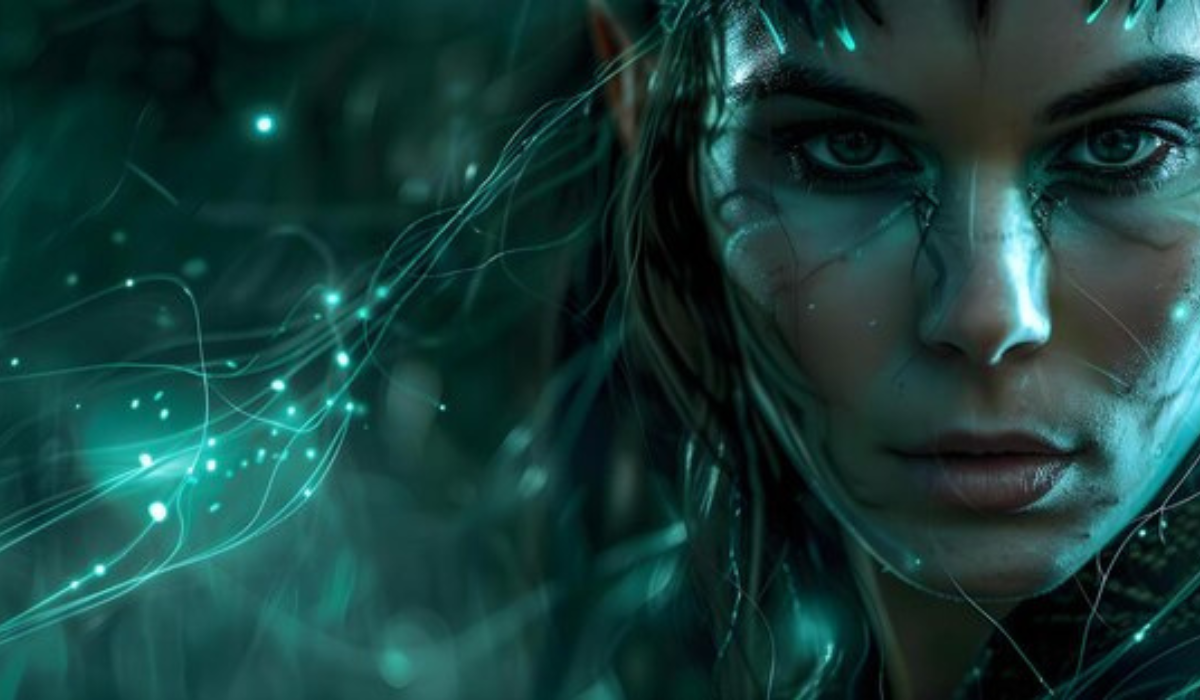Creating fantasy portraits involves a blend of imagination and technique. Artists often bring
characters to life using vibrant colors that enhance their unique qualities. Understanding color
theory is essential for artists who wish to capture the essence of their subjects. This article
explores the significance of color theory in fantasy portrait creation and how it affects the overall
impact of a piece.
Understanding Color Theory
Color theory is a framework that explains how colors interact with one another. It involves
primary, secondary, and tertiary colors. Artists use this knowledge to create harmonious and
contrasting color palettes. When creating magical portraits, understanding how colors work can
define the mood and personality of the character. Adobe’s guide on creating mythical worlds
highlights how color theory can shape character moods and enhance storytelling in fantasy
portraits.
Choosing the right colors can evoke emotions. For instance, warm colors like red and yellow
may suggest energy and passion, while cool colors such as blue and green can create feelings
of calm and tranquility. Using these colors thoughtfully can significantly affect how the viewer
perceives the character in a fantasy illustration.
Impact on Character Development
Colors play a vital role in portraying character traits. Artists can use specific colors to highlight a
character’s personality. For example, a fierce warrior might be represented with bold reds and
blacks to suggest strength and power. In contrast, a gentle mage might use soft pastels to imply
kindness and wisdom.
Moreover, the colors can reflect the character’s journey. For example, a character who starts
with muted colors may transition to vibrant hues as they develop and grow. This visual
storytelling aspect can deepen viewers’ connection to the portrait, adding layers of meaning
beyond just the visual appeal.
Creating Depth and Dimension
Color theory also aids in creating depth and dimension in magical portraits. Artists utilize
techniques like shadowing and highlighting, where color variation indicates light and shadow.
This approach gives characters a three-dimensional feel, making them more lifelike.
Using complementary colors can enhance depth. When colors opposite each other on the color
wheel are paired, they create visual interest and can make certain elements pop. This technique
draws attention to the focal points of the portrait, enhancing the viewer’s engagement with the
artwork.
Symbolism in Colors
Colors often carry specific meanings and symbolism in different cultures. Artists can use these
associations to add layers to their magical portraits. For instance, green symbolizes nature or
regeneration, while red represents love or danger.
Integrating symbolism into color choices can enrich the narrative of the artwork. A character
surrounded by blue may evoke a sense of mystery or sadness, while those wrapped in gold
could symbolize wealth and status. By understanding these associations, artists can make
informed choices that resonate with the audience.
Experimentation and Creativity
Lastly, color theory encourages experimentation. Artists can combine colors to discover new
palettes and styles for magical portraits. Playing with unusual color combinations can create
unique and striking outstanding creations.
This willingness to experiment can also lead to innovative techniques. Some artists might use
non-traditional colors to evoke feelings and reactions. For example, a traditionally green forest
dragon might be depicted in shades of blue or purple, creating an unexpected twist that
captivates the audience’s attention.
Color theory is essential to creating compelling fantasy illustrations. It aids in character
development, enhances depth and dimension, and allows for rich symbolism in artwork. Artists
who understand color interactions can bring their characters to life in ways that resonate deeply
with viewers. Through careful color choices, they can transform simple images into vibrant
stories, elevating their art to new heights. Embracing color theory can be the key to unlocking
endless creative possibilities in fantasy illustration creation.

